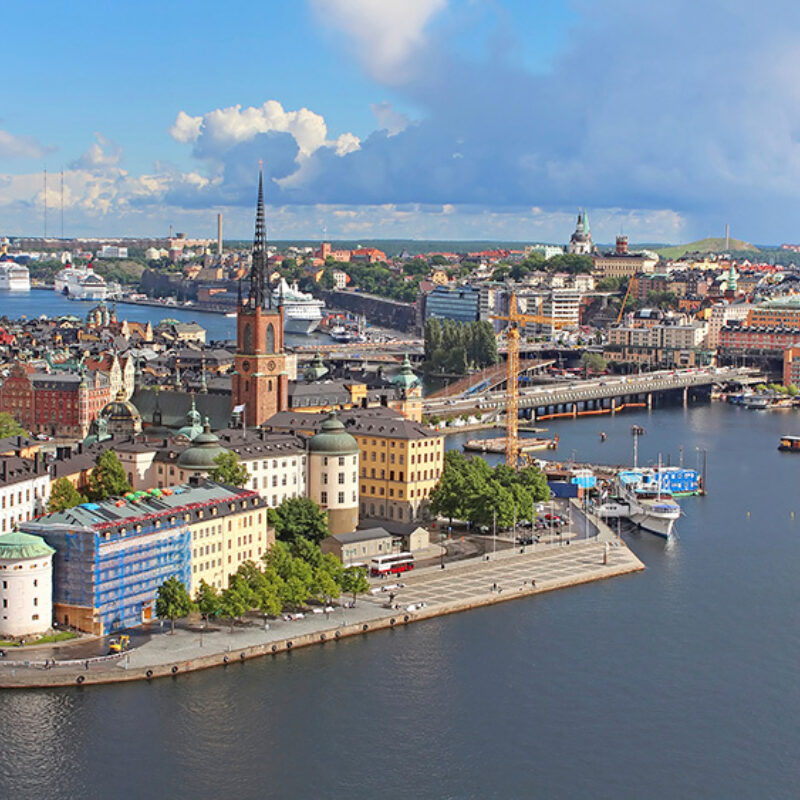
An investment in the ocean is an investment in the future
Life in the Oslofjord has been threatened by serious environmental challenges for decades, including eutrophication, algal blooms, and oxygen depletion. To protect the fjord, a ban on the discharge of sewage from recreational boats directly into the water was introduced on 1 July 2024. It is now crucial to have enough pump-out stations along the coast.
JETS is a world leader in vacuum technology. Jets® pump-out station solutions are scalable, have high capacity, and empty quickly. our pump-out stations can be used to empty all tanks, such as those from trains, buses, small boats, or ferries.
Jets® pump-out stations are developed in Norway and are designed to withstand the Nordic climate. The stainless steel cabinet can be locked if desired. The pump-out station is easy to use and can help improve flow during peak season.
Why is sewage from recreational boats harmful?
Discharging sewage from recreational boats directly into the sea causes several problems.
When sewage is released into the sea, it can affect fishing areas, the archipelago, and other natural environments that both humans and animals depend on. The Oslofjord is particularly vulnerable, and the new ban aims to reduce the discharge of nutrients such as nitrogen and phosphorus, which contribute to algal growth and deterioration of water quality, explains Rune Venaas, Sales & Business Development Director at JETS.
Sewage from boats also contains bacteria and pathogens that can contaminate bathing water and harm marine life. By stopping the discharge of sewage tanks directly into the sea, we will protect life in the fjord while making bathing areas less polluted. The new regulations are essential for ensuring a clean and sustainable environment in the fjord.


Where should I empty the sewage tank?
Previously, a typical question was "How far from shore can I empty the sewage tank?" but now the question is "Where can I find a pump-out station?"
The task of a pump-out station is to ensure that sewage from boats is collected and treated properly. By collecting waste from sewage tanks, there can be less algal bloom, which is a significant threat to fish stocks and water quality. This way, the fjord's ecosystem has the opportunity to rebuild, says Venaas.
Using pump-out stations also helps protect outdoor recreation and public health. The Oslofjord is a popular area for swimming, boating, and fishing. By preventing the spread of harmful bacteria and chemicals in the water, the fjord is preserved as a recreational area for people as well.


Where can I find a pump-out station for boats?
Today, there are too few pump-out stations along the Oslofjord to meet the high demand. There are tens of thousands of recreational boats in the area, but only a limited number of pump-out stations. It is also a known issue that several of today's pump-out stations do not function properly. This results in an obvious capacity problem, especially during peak season.
In the development of pump-out stations here at JETS, we have focused on several important aspects. Creating a pump-out station with high capacity and robust technology has naturally been at the core. Our pump-out stations are designed to withstand the pressure that arises during peak season. The Jets® Pump-out Station can be scaled according to the needs of each harbour or marina, states Venås.
Furthermore, Venås adds that as a Norwegian company, JETS is close to the market and can easily offer service and spare parts.
At JETS, we are committed to uptime. Our customers should have solutions that ensure their daily operations do not come to a halt. Our pump-out stations and other products are reliable.
It must be easy for boat owners to comply with the ban so they can continue to enjoy boating. Therefore, a larger network of pump-out stations must be established along the entire Oslofjord. More stations will be beneficial for both boat owners and the marine environment.

What about the rest of the Norwegian coast?
Norway has a coastline of approximately 100,915 kilometres, full of various types of marine life. Pump-out stations along the entire coastline will help improve the marine environment throughout Norway.
Clean marine areas along the entire coast are not only crucial for the preservation of marine life but also for economically important sectors such as fisheries and tourism. Eutrophication can harm fish stocks and lead to a reduction in key species. Additionally, pollution of bathing water and beaches is not particularly pleasant for us humans either.

An investment in the future
Stopping the discharge of sewage in the Oslofjord and the sea in general is an important step to protect marine life. By using pump-out stations, sewage is handled in an environmentally friendly manner, without harming water quality and marine life. More pump-out stations in the Oslofjord and along the Norwegian coast are essential to meet the demand from boaters and will make it easier to comply with the new regulations. Investing in the establishment of more pump-out stations is an investment in the future of marine life – which we all depend on.